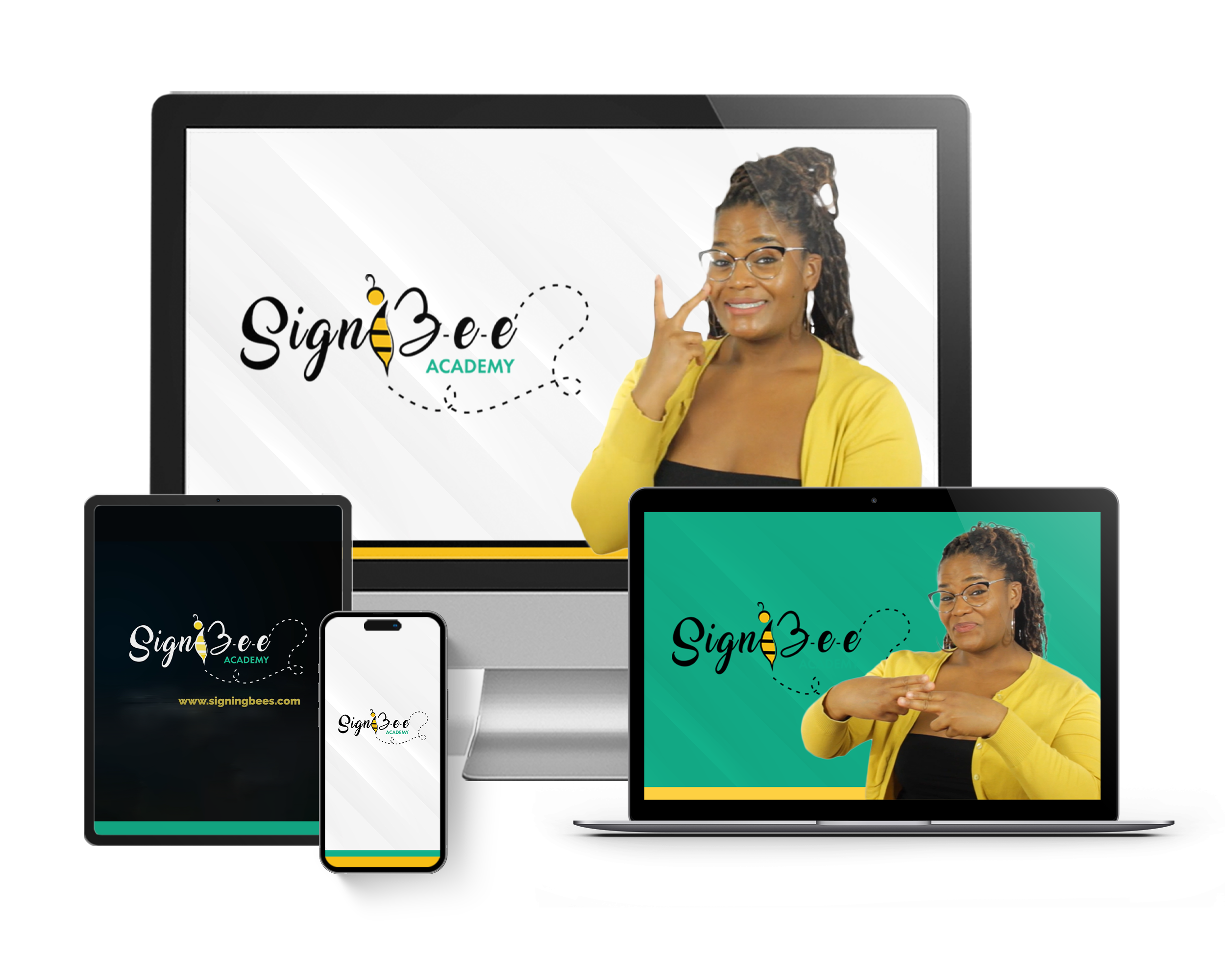It’s natural to assume that deaf people can be easily integrated into typical educational environments while attempting to give them a sense of community. Well, similar to trying to squeeze a square peg into a round hole, educating deaf individuals using the same framework as hearing people is ineffective. The first indication that they cannot be educated in the same way should be the differences in their responses to their environments as a result of differences in their auditory organs.
In Canada, before residential schools for deaf students were established, most deaf people did not receive any form of education. Even so, ASL is currently one of the two most widely used sign languages there. Let’s clarify what deaf education entails before attempting to determine the state of deaf education in the nation of Canada.
What Does Deaf Education Entail?
Deaf education is a form of learning that is centered around meeting the educational, language, cultural, and social needs of the deaf or hard-of-hearing. A deaf or hard of hearing person’s ability to live independently and successfully in any given community is the ultimate goal of any deaf education. People with either a little or severe hearing loss can be recipients of any form of deaf education.
For any deaf education to be successful, it usually takes the full support of the deaf people’s families, effective teachers who are equipped to meet the needs of the students (the deaf and hard of hearing), and also the support of the entire community in ensuring that there are laws in place that promote deaf education.
Limitations to Educating the Deaf
The following are some of the restrictions placed on deaf education as a result of its requirements:
- Since deaf people are typically the minority in society, fewer policies are made that will benefit them. This holds true in all fields, including education.
- Education for the deaf requires more resources (human and material) than education for the hearing because of what is entailed. At times offering these resources may seem like a burden to the hearing culture even though teaching the deaf and hard of hearing boosts the productivity of any country.
- The Deaf culture is largely unexplored. Therefore, understanding the deaf and hard of hearing and educating them is challenging due to this limited knowledge.
- Those who are deaf or hard of hearing learn sign language, which is a vital tool for educating and communicating with the deaf. However, those with the necessary expertise to enable the deaf to properly integrate into society come from the hearing society, and some of them are yet to learn ASL or other sign languages.
Forms of Deaf Education
Deaf education can be carried out either through the manualism technique, which uses sign language (including ASL), or through the oralism approach, which uses spoken language, lip reading, or various patterns of speech. There are benefits and drawbacks to each kind. As already indicated, Canada employs the manualism method and about 1.3 million Canadians are sign users.
ASL in Canada
The deaf community in Canada views ASL as their mother tongue, making it more than merely a widely used sign language. As a means of communicating with the deaf and hard of hearing, Canadians who are hearing are learning ASL, and as a result of this, there are several deaf organizations in the country. Some of them are:
- Canadian Association of the Deaf
- Sign Language Institute, Canada
- Deaf Children’s Society of BC
- Canadian Cultural Society of the Deaf
- Canadian Deaf Sports Association
The Canadian Hearing Services, which provides ASL services, do not contest the notion that access to interpreters and interpreting services is a crucial factor in deaf education. Therefore, the level of deaf education that deaf and hard-of-hearing people in Canada get is determined by several stakeholders (individuals, government, and non-government organizations) in different provinces.
Deaf Education in Some Provinces in Canada
Canada, one of the signatories to the United Nations Convention on the Protection and Promotion of the Rights and Dignity of Persons with Disabilities, supports the right of Deaf persons to equal access to education and the opportunity to receive a sign language education. While the Canadian Association of the Deaf believes that teaching ASL alongside English or French will have a longer-lasting effect on the deaf or hard of hearing. Does this in any way reflect the degree of attention given to deaf education in the nation?

In Alberta, a popular school that caters to the needs of the deaf is the Alberta School for the Deaf. There are additional deaf education-focused platforms in Alberta. However, the majority of them fall under the umbrella of nonprofit organizations. The Alberta Association of the Deaf (AAD) is one instance of this.
Ontario has a Deaf and Hard of Hearing Teacher Education program. The program’s main goal is to equip teachers with the necessary tools to effectively communicate with deaf or hard-of-hearing students. However, in 2014, some deaf students demonstrated against the quality of the education they were receiving in the provincial deaf schools in Ontario. The main complaint is that teachers and administrators don’t know enough sign language. Over time, better structures have emerged.
To remove barriers from Canada by 2040, the country passed the Accessible Canada Act in 2019. Noting that anything that prevents people with disabilities from fully and equally participating in Canadian society is considered a barrier in this context. The federal government as well as other organizations and businesses (private and public) inside the nation are subject to this Act.
According to the Act, Canadian institutions must establish intentional internal plans regarding the disabled among them and consult the deaf and hard of hearing while making these plans to ensure that they are as safe and respected as their hearing counterparts.
Conclusion
Ontario has had a teacher education program since 1960, and there are around three programs for teachers of the deaf and hard of hearing in Canada. Although the condition of deaf education in Canada varies from province to province, efforts are made consistently to guarantee that deaf education advances across the country. The efforts made, while occasionally appearing insufficient in light of the problems they address, shouldn’t be discounted.
Most deaf education will continue to be delivered utilizing ASL. You can learn and access sign langauge learning from me at SignBee Academy.
Thumbnail Credit: Photo by ennvisionn






